Home>Dining>Tableware>How To Make A Tablecloth Without Sewing
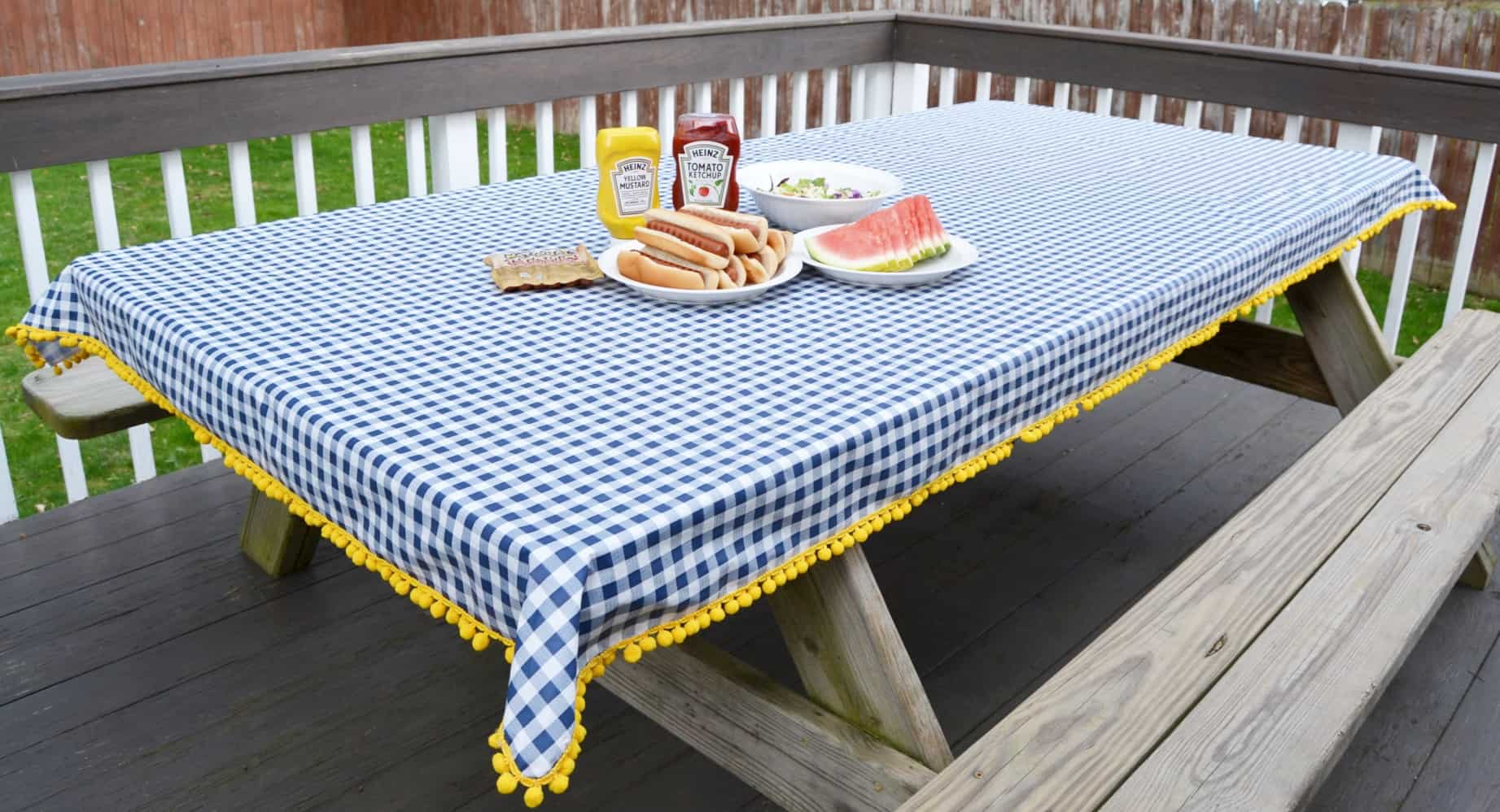

Tableware
How To Make A Tablecloth Without Sewing
Modified: February 24, 2024
Learn how to make a beautiful tablecloth without the need for sewing. Transform your tableware and elevate your dining experience effortlessly.
(Many of the links in this article redirect to a specific reviewed product. Your purchase of these products through affiliate links helps to generate commission for Storables.com, at no extra cost. Learn more)
Introduction
When it comes to tableware, a beautiful tablecloth can instantly transform any dining area and add a touch of elegance to your space. Whether you have a special event or simply want to upgrade your everyday meals, having a stylish tablecloth can make all the difference. But what if you don’t have sewing skills or a sewing machine? Don’t worry! In this article, we will explore various methods to make a tablecloth without sewing.
A tablecloth not only protects your table but also sets the tone for the entire dining experience. It can complement your tableware, highlight your personal style, and create a warm and inviting atmosphere. With a little creativity and some alternative techniques, you can achieve a stunning result without having to sew a single stitch.
Whether you’re a beginner or an experienced DIY enthusiast, there are several methods to choose from when it comes to making a tablecloth without sewing. From no-sew iron-on hem tape to fabric glue and decorative trimmings, each technique offers its own advantages and unique aesthetic. Let’s dive into the details of each method and discover how you can create a beautiful tablecloth that suits your preferences and style.
Before we get started, let’s take a look at the materials you will need for these no-sew tablecloth methods:
- Tablecloth fabric of your choice
- No-sew iron-on hem tape or fabric glue
- Double-sided tape
- Fringe or tassel trim (optional)
- Heat-bonding adhesive
- Fabric clips or fasteners (optional)
- Tie-dye or fabric painting supplies (optional)
Now that we are prepared, let’s explore the step-by-step instructions for each no-sew method to create your perfect tablecloth.
Key Takeaways:
- Transform your dining area with a stunning tablecloth using no-sew techniques like iron-on hem tape, fabric glue, and decorative trims. Elevate your table setup without the need for sewing skills or a sewing machine.
- Unleash your creativity and personalize your tablecloth with tie-dye or fabric painting techniques. Create a one-of-a-kind masterpiece that reflects your style and adds a vibrant touch to your dining experience.
Read more: How To Sew A Tablecloth
Materials Needed
To make a tablecloth without sewing, you will need the following materials:
- Tablecloth fabric of your choice: Select a fabric that suits your style and the occasion. Consider factors such as durability, ease of cleaning, and the desired aesthetic. Common options include cotton, linen, polyester, or a blend of these.
- No-sew iron-on hem tape or fabric glue: These alternatives to sewing will help you create clean and secure hems for your tablecloth. Choose a hem tape width that matches your desired hem size.
- Double-sided tape: This can be used to secure edges or trim on your tablecloth. Look for a durable and adhesive tape that won’t damage your table or fabric.
- Fringe or tassel trim (optional): If you want to add a decorative touch to your tablecloth, consider using fringe or tassel trim. Choose a trim that complements your fabric and enhances the overall look of your tablecloth.
- Heat-bonding adhesive: This adhesive is used to create strong bonds between fabric layers or to attach decorative elements to your tablecloth. Make sure to choose a heat-bonding adhesive that is suitable for your fabric type.
- Fabric clips or fasteners (optional): These can be useful for securing edges or corners of your tablecloth, especially if you are working with a thicker or heavier fabric.
- Tie-dye or fabric painting supplies (optional): If you want to get creative and add a personalized touch to your tablecloth, consider using tie-dye or fabric painting techniques. Gather the necessary supplies such as dye, paint, brushes, or stencils.
Having these materials ready will ensure that you have everything you need to complete your no-sew tablecloth project. Now, let’s move on to the various methods you can use to create your beautiful tablecloth without the need for sewing.
Method 1: No-Sew Iron-On Hem Tape
No-sew iron-on hem tape is a popular choice for creating clean and secure hems without the need for sewing. This method is relatively simple and requires minimal tools. Here’s how you can use no-sew iron-on hem tape to make your tablecloth:
- Start by measuring and cutting your tablecloth fabric to the desired size. Ensure that the edges are straight and even.
- Place the hem tape along the edge of the fabric, underneath the fold line where the hem will be. Make sure the tape is evenly aligned with the raw edge of the fabric.
- Using a hot iron, press firmly on the hem tape for the recommended amount of time as indicated on the packaging. The heat will activate the adhesive, bonding the fabric together. Repeat this process for each side of the tablecloth.
- Allow the hem to cool and set before moving or using the tablecloth. This will ensure that the bond is secure and the hem is well-formed.
No-sew iron-on hem tape offers a quick and convenient way to create a neat and durable hem on your tablecloth. It is essential to follow the instructions provided by the manufacturer for the best results. Additionally, it is recommended to pre-wash your fabric before using hem tape, as this will eliminate any shrinkage that may occur.
This method is suitable for lightweight to medium-weight fabrics and can be used for rectangular, square, or round tablecloths. However, keep in mind that excessive heat or repeated washings may weaken the adhesive bond over time, so it is advisable to hand-wash or use a gentle cycle when cleaning your tablecloth.
No-sew iron-on hem tape is a versatile option that allows you to create professionally finished hems without the need for sewing skills or a sewing machine. It provides a clean and polished look, making it an excellent choice for those who want to quickly and easily make a tablecloth without sewing.
Now that you’ve learned about the first method, let’s move on to the next one: fabric glue.
Method 2: Fabric Glue
If you don’t have access to a sewing machine or prefer not to use iron-on hem tape, fabric glue can be an excellent alternative for creating a no-sew tablecloth. Fabric glue is designed to bond fabric together, providing a durable and long-lasting hold. Here’s how you can use fabric glue to make your tablecloth:
- Start by measuring and cutting your tablecloth fabric to the desired size. Ensure that the edges are straight and even.
- Apply a thin, even line of fabric glue along the edge of the fabric, just below the fold where the hem will be. Be careful not to use too much glue, as it may seep through the fabric or create a rigid and stiff hem.
- Fold the fabric over to create the hem, pressing firmly to ensure that the fabric adheres well to the glue. Use clips or pins to hold the fabric in place if needed.
- Allow the fabric glue to dry completely according to the manufacturer’s instructions. This may take a few hours or overnight, depending on the type of fabric glue used.
It is important to choose a fabric glue that is suitable for your specific fabric type. Some fabric glues are designed for lightweight fabrics, while others work better with heavier or more delicate materials. Be sure to read the instructions and select a fabric glue that will provide a strong bond without damaging your fabric.
Fabric glue is a versatile option that can be used on different types of fabrics, including both natural and synthetic fibers. However, keep in mind that the bond created by fabric glue may not be as strong as sewing or using hem tape. Therefore, it is recommended to hand-wash or use a gentle cycle when cleaning your tablecloth to prolong the life of the fabric glue bond.
This method allows you to create a clean and secure hem without sewing, making it an ideal choice for those who want to make a tablecloth quickly and easily. Just ensure that you follow the instructions provided by the fabric glue manufacturer for the best results.
Now that you’ve explored the second method, let’s move on to the next one: using double-sided tape.
Method 3: Double-Sided Tape
Double-sided tape is another handy option for creating a no-sew tablecloth, especially if you’re looking for a temporary or removable solution. This method allows you to secure edges or trim on your tablecloth without the need for sewing or adhesive bonding. Here’s how you can use double-sided tape to make your tablecloth:
- Start by measuring and cutting your tablecloth fabric to the desired size. Ensure that the edges are straight and even.
- Apply double-sided tape along the edge of the fabric, ensuring that it is evenly aligned with the raw edge. Make sure to use a tape that is specifically designed for fabric, as it will provide a strong bond.
- Press the fabric firmly onto the double-sided tape to secure it in place. Be sure to smooth out any wrinkles or air bubbles for a clean and polished look.
- Repeat this process for each side of the tablecloth, securing the edges with double-sided tape to create a neat and finished appearance.
Double-sided tape is a convenient option because it allows you to easily remove or adjust the tape if needed. This makes it suitable for temporary tablecloth arrangements or if you want the flexibility to change your tablecloth design frequently.
It is important to note that while double-sided tape provides a secure hold, it may not be as durable as sewing, hem tape, or fabric glue. Therefore, it is recommended to use this method for lighter weight fabrics and for tablecloths that are not subjected to frequent use or heavy handling.
When it comes to cleaning, the tablecloth can be gently hand-washed or laundered on a delicate cycle to avoid loosening the double-sided tape. Always follow the care instructions for your fabric to preserve its integrity.
Double-sided tape offers a simple and quick solution for creating a no-sew tablecloth. It is an excellent choice for those who prefer an easy and removable option, especially for temporary table arrangements, special occasions, or decorative purposes.
Now that you’ve learned about the third method, let’s move on to the next one: using fringe or tassel trim to embellish your tablecloth.
Read more: How To Make Pillows Without Sewing
Method 4: Fringe or Tassel Trim
If you’re looking to add a decorative touch to your tablecloth without sewing, using fringe or tassel trim is an excellent option. This method allows you to adorn the edges of your tablecloth with beautiful and eye-catching trimmings. Here’s how you can use fringe or tassel trim to make your tablecloth:
- Start by measuring and cutting your tablecloth fabric to the desired size. Ensure that the edges are straight and even.
- Select the fringe or tassel trim of your choice. Make sure the length and style match your tablecloth design and personal preference.
- Apply a line of fabric glue along the edge of the fabric, just below the fold line where the trim will be attached.
- Press the fringe or tassel trim onto the fabric glue, ensuring that it is evenly aligned and securely attached. Allow the glue to dry completely.
- Repeat this process for each side of the tablecloth, attaching the fringe or tassel trim to create a beautiful and decorative border.
Fringe or tassel trim offers a versatile and stylish option to elevate the look of your tablecloth. You can choose from various colors, textures, and lengths to customize the trim according to your personal style and table decor. This method is particularly useful for special occasions or themed events where you want to create an eye-catching table setup.
It is important to select a fabric glue that is suitable for the trim and fabric type. Make sure to read the instructions provided by the manufacturer and follow them carefully to ensure a strong bond between the fabric and the trim.
When it comes to cleaning your tablecloth with fringe or tassel trim, it is recommended to hand-wash or use a gentle cycle to prevent any damage or tangling of the trim. Follow the care instructions for your fabric and trim to maintain their quality and appearance.
Using fringe or tassel trim allows you to make a statement with your tablecloth, adding a touch of elegance and sophistication. This method is perfect for those who want to create a visually appealing table setup without the need for sewing.
Now that you’ve explored the fourth method, let’s move on to the next one: the knotting and braiding technique.
You can make a no-sew tablecloth by using fabric glue to hem the edges. Simply fold the edges over and secure with the fabric glue for a quick and easy alternative to sewing.
Method 5: Knotting and Braiding Technique
If you’re looking for a unique and textured finish on your tablecloth without the need for sewing, the knotting and braiding technique is an excellent option. This method allows you to create intricate patterns and designs by weaving and knotting the fabric. Here’s how you can use the knotting and braiding technique to make your tablecloth:
- Start by measuring and cutting your tablecloth fabric to the desired size. Ensure that the edges are straight and even.
- Select a section of the fabric where you want to incorporate the knotting and braiding. This can be around the edges or in the center of the tablecloth, depending on your design preference.
- Divide the fabric into equal sections, depending on the pattern you want to create. You can use pins or fabric markers to mark each section.
- Begin by knotting or braiding the fabric in each section. You can use various knotting techniques such as the square knot or the overhand knot, or experiment with braiding. Secure the knots or braids tightly to ensure they hold their shape.
- Continue knotting and braiding each section until you’ve completed your desired design. Feel free to incorporate different colors or textures of fabric for added visual interest.
- Once you’ve finished knotting and braiding, secure the ends of the fabric with fabric glue, stitching, or by tying them securely.
The knotting and braiding technique offers a unique and personalized touch to your tablecloth. It allows you to create intricate patterns and designs that showcase your creativity and add texture to your table setup. This method is particularly suitable for bohemian or rustic-themed events.
When it comes to cleaning your tablecloth with knotting and braiding, it is best to hand-wash or use a gentle cycle to prevent any damage to the fabric or unraveling of the knots. Follow the care instructions for your specific fabric to ensure its longevity.
The knotting and braiding technique gives you the opportunity to create a one-of-a-kind tablecloth that reflects your personal style. With a little practice and creativity, you can achieve beautiful and intricate designs without the need for sewing.
Now that you’ve explored the fifth method, let’s move on to the next one: hemming with heat-bonding adhesive.
Method 6: Hemming with Heat-Bonding Adhesive
If you want a secure and long-lasting hem for your tablecloth without sewing, hemming with heat-bonding adhesive is a great option. This method uses a heat-activated adhesive to bond the fabric layers together, creating a clean and professional finish. Here’s how you can use heat-bonding adhesive to make your tablecloth:
- Start by measuring and cutting your tablecloth fabric to the desired size. Ensure that the edges are straight and even.
- Apply heat-bonding adhesive tape or strips along the edge of the fabric, just below the fold line where the hem will be. Make sure the adhesive is evenly aligned with the raw edge of the fabric.
- Using a hot iron, press firmly on the hem, moving the iron along the adhesive tape or strips. The heat will activate the adhesive, bonding the fabric layers together.
- Allow the hem to cool and set before handling or using the tablecloth. This will ensure that the bond is secure and the hem is well-formed.
Hemming with heat-bonding adhesive provides a strong and durable hold for your tablecloth, ensuring that the hem won’t come loose with use or washing. However, it’s important to choose a heat-bonding adhesive that is suitable for your fabric type and follow the manufacturer’s instructions for optimal results.
When it comes to cleaning your tablecloth with a heat-bonded hem, it is best to follow the care instructions for your specific fabric. In most cases, hand-washing or using a gentle cycle is recommended to preserve the adhesive bond and the fabric’s integrity.
Hemming with heat-bonding adhesive offers a convenient and effective solution for creating a no-sew hem on your tablecloth. It provides a clean and professional look, making it a popular choice for those who don’t have sewing skills or a sewing machine.
Now that you’ve explored the sixth method, let’s move on to the next one: using fabric clips or fasteners.
Method 7: Using Fabric Clips or Fasteners
If you’re looking for a temporary and versatile solution to secure the edges of your tablecloth without sewing, using fabric clips or fasteners is a great option. Fabric clips or fasteners provide a quick and easy way to hold the fabric in place, creating a clean and neat finish. Here’s how you can use fabric clips or fasteners to make your tablecloth:
- Start by measuring and cutting your tablecloth fabric to the desired size. Ensure that the edges are straight and even.
- Place the fabric clips or fasteners along the edge of the fabric, evenly spacing them and ensuring that they are secure.
- Tightly fold the fabric over the clips or fasteners, securing the edge of the tablecloth. Make sure the fabric is held securely and neatly in place.
- Repeat this process for each side of the tablecloth, ensuring that the fabric is clipped or fastened securely along all edges.
Fabric clips or fasteners are an excellent choice for those who want a temporary solution or who frequently change their tablecloth design. These clips are adjustable and can be reused for multiple projects, making them a versatile option.
When it comes to cleaning your tablecloth with fabric clips or fasteners, it is best to remove them before laundering or cleaning the fabric. This ensures that the clips or fasteners do not cause any damage and allows for easier care of the tablecloth.
The use of fabric clips or fasteners provides a convenient and hassle-free alternative to sewing. Whether you’re looking for a temporary solution or want to easily switch out your tablecloth, fabric clips or fasteners offer a practical option.
Now that you’ve explored the seventh method, let’s move on to the next one: the tie-dye or fabric painting technique.
Read more: How To Make A Quilt Without A Sewing Machine
Method 8: Tie-Dye or Fabric Painting Technique
If you want to unleash your creativity and add a personalized touch to your tablecloth without sewing, the tie-dye or fabric painting technique is a fantastic choice. This method allows you to create unique and vibrant designs on your fabric, making your tablecloth a true work of art. Here’s how you can use the tie-dye or fabric painting technique to make your tablecloth:
- Start by measuring and cutting your tablecloth fabric to the desired size. Ensure that the edges are straight and even.
- If you choose the tie-dye technique, gather your dye, rubber bands, and protective gloves. Follow the instructions on the dye package to create your desired patterns on the fabric.
- If you choose the fabric painting technique, gather your fabric paints, brushes, stencils (if desired), and any other painting supplies. Let your creativity guide you as you paint designs, patterns, or even create a personalized masterpiece on the fabric.
- Allow the fabric to fully dry according to the instructions provided by the dye or fabric paint manufacturer. This may involve air-drying, heat-setting with an iron, or using a fabric dryer.
The tie-dye or fabric painting technique offers endless possibilities for creating a truly unique and customized tablecloth. You can explore different colors, patterns, and techniques to suit your style and match your table decor.
When it comes to cleaning your tie-dye or fabric painted tablecloth, it’s important to follow the care instructions provided by the dye or fabric paint manufacturer. In most cases, hand-washing or using a gentle cycle is recommended to preserve the vibrancy of the colors and prevent any fading or bleeding.
The tie-dye or fabric painting technique is a fun and creative way to make a tablecloth that reflects your personality and adds a pop of color to your dining area. It allows you to create a one-of-a-kind masterpiece that will be the centerpiece of your table setup.
Now that you’ve explored the eighth method, you’ve learned various techniques to create a beautiful tablecloth without sewing. Choose the method that suits your preferences and style, and enjoy the process of making a tablecloth that will enhance your dining experience with its elegance and charm.
Remember, whether you opt for no-sew iron-on hem tape, fabric glue, double-sided tape, fringe or tassel trim, knotting and braiding, heat-bonding adhesive, fabric clips or fasteners, or the tie-dye and fabric painting technique, the key is in your creativity and attention to detail. With these methods, you can easily make a tablecloth that will be the perfect addition to any occasion or everyday mealtime.
Enjoy your crafting journey and the joy of sitting down to a beautifully dressed table!
Conclusion
Creating a tablecloth without sewing is not only possible but also offers a range of creative and accessible options. With methods such as no-sew iron-on hem tape, fabric glue, double-sided tape, fringe or tassel trim, knotting and braiding, heat-bonding adhesive, fabric clips or fasteners, and the tie-dye or fabric painting technique, you can make a stunning tablecloth that reflects your style and enhances your dining experience.
By utilizing these no-sew techniques, you can achieve clean and professional-looking hems, secure fabric edges, add decorative trimmings, or even create intricate patterns and designs. Each method provides its own advantages, allowing you to choose the one that suits your skill level, time constraints, and desired outcome.
When making a tablecloth without sewing, it’s essential to choose the right materials and follow the instructions provided by the adhesive or dye manufacturer to ensure reliable and long-lasting results. Additionally, taking proper care of your tablecloth, such as gentle washing and following the care instructions, will help preserve its beauty and durability.
Whether you’re preparing for a special occasion or simply want to elevate your everyday meals, a well-crafted tablecloth can instantly transform your dining area. It complements your tableware, sets the desired ambiance, and showcases your personal style. And with these no-sew techniques, you can easily create a tablecloth that truly speaks to your individuality and creativity.
So, get ready to unleash your imagination, gather the necessary materials, and embark on a crafting adventure as you make a tablecloth without sewing. Enjoy the process of creating something unique and memorable, and savor the joy of sitting down at a beautifully dressed table that reflects your artistic touch.
Remember, whether you’re using no-sew iron-on hem tape, fabric glue, double-sided tape, fringe or tassel trim, knotting and braiding, heat-bonding adhesive, fabric clips or fasteners, or the tie-dye and fabric painting technique, the possibilities are endless. Let your creativity soar as you bring your vision to life and create a tablecloth that will leave a lasting impression on your guests and enhance your dining experiences for years to come.
Enjoy the journey of making a tablecloth that is as unique and special as the moments you share around the table.
Frequently Asked Questions about How To Make A Tablecloth Without Sewing
Was this page helpful?
At Storables.com, we guarantee accurate and reliable information. Our content, validated by Expert Board Contributors, is crafted following stringent Editorial Policies. We're committed to providing you with well-researched, expert-backed insights for all your informational needs.
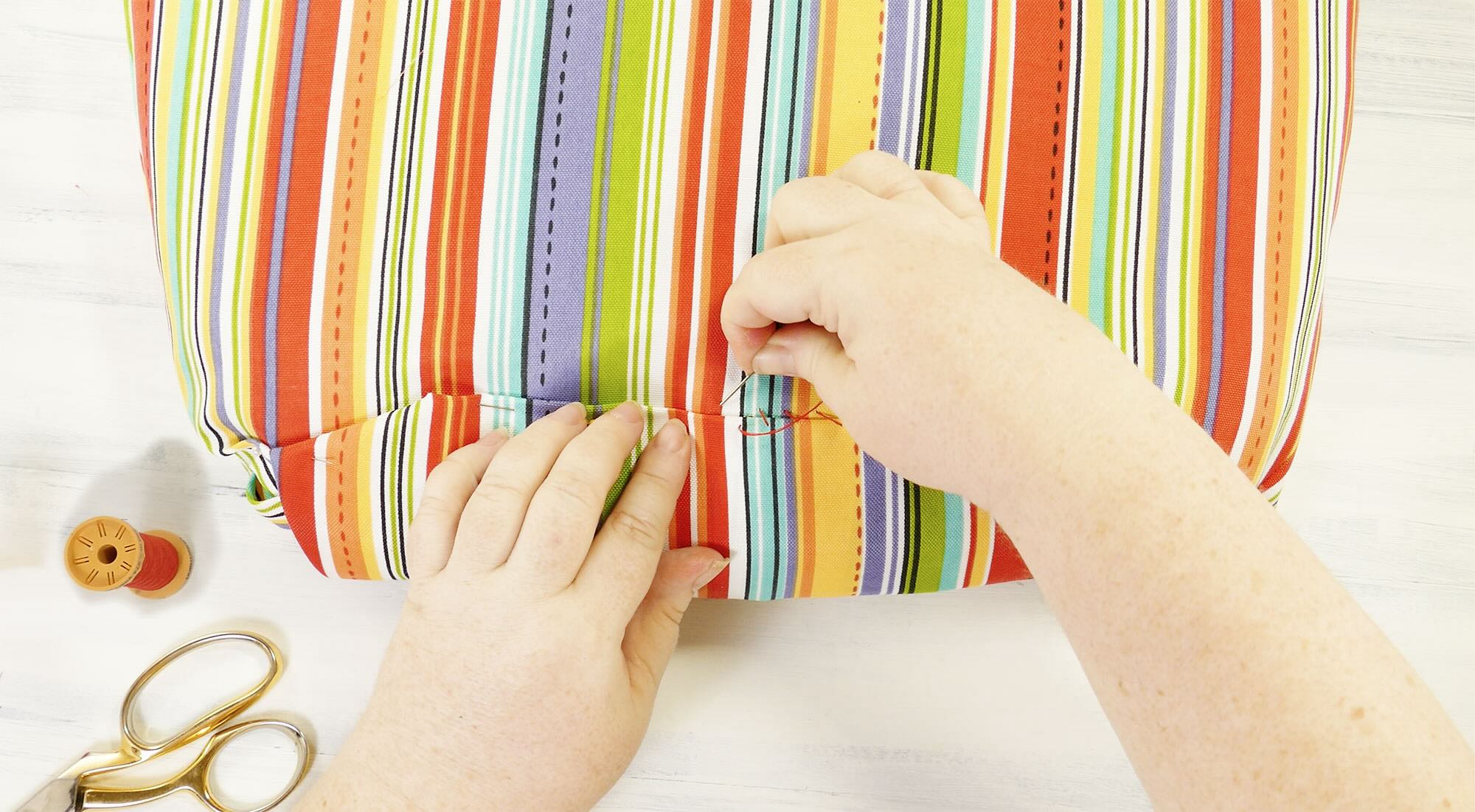
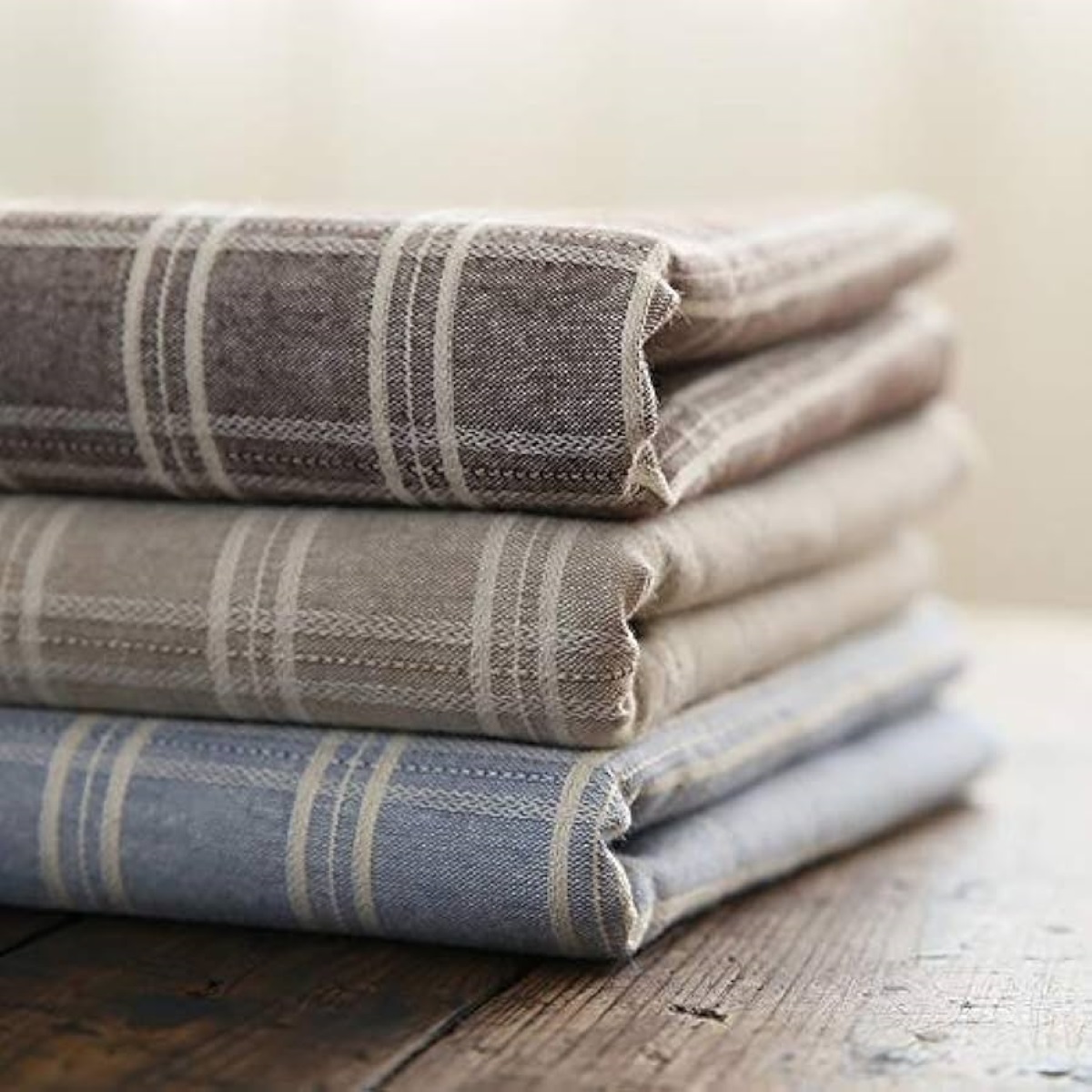
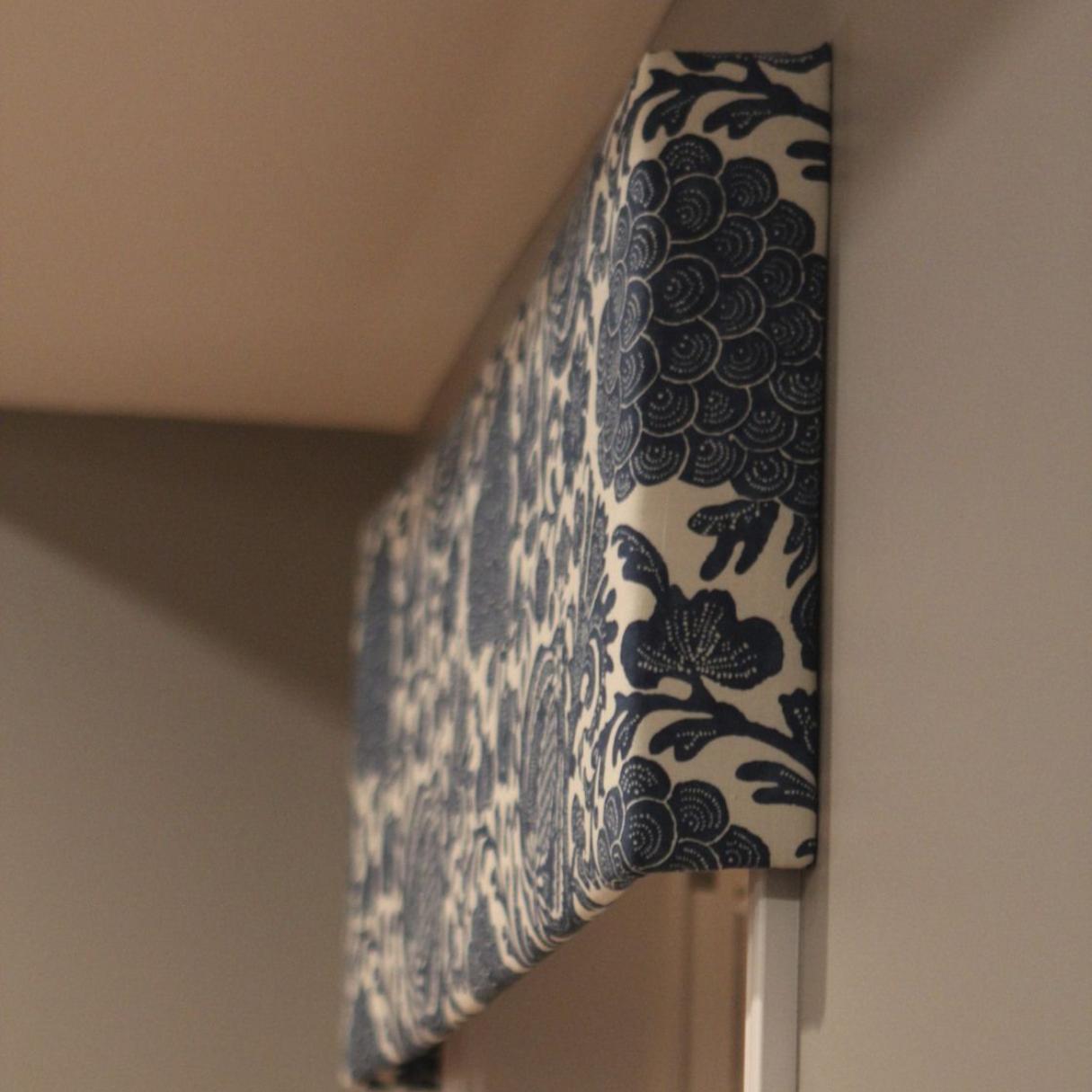
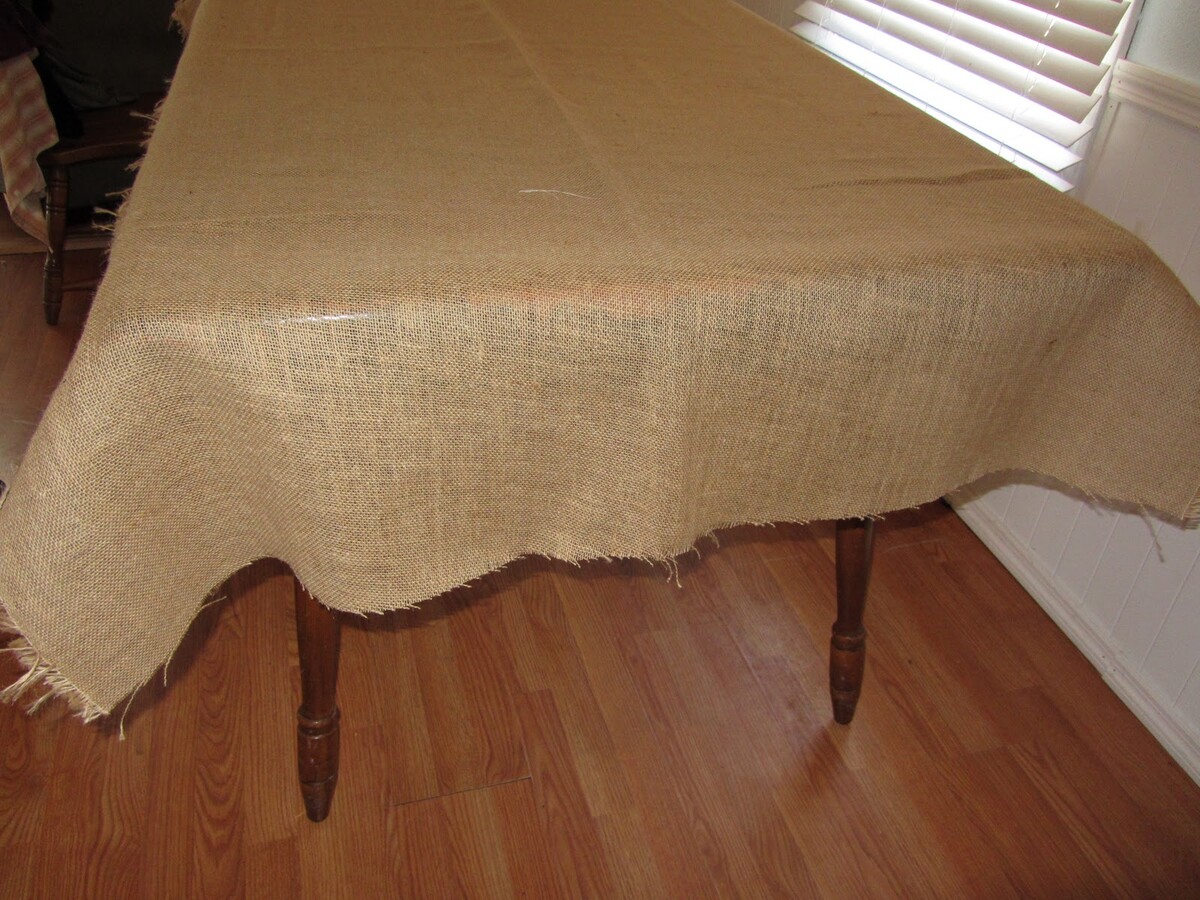
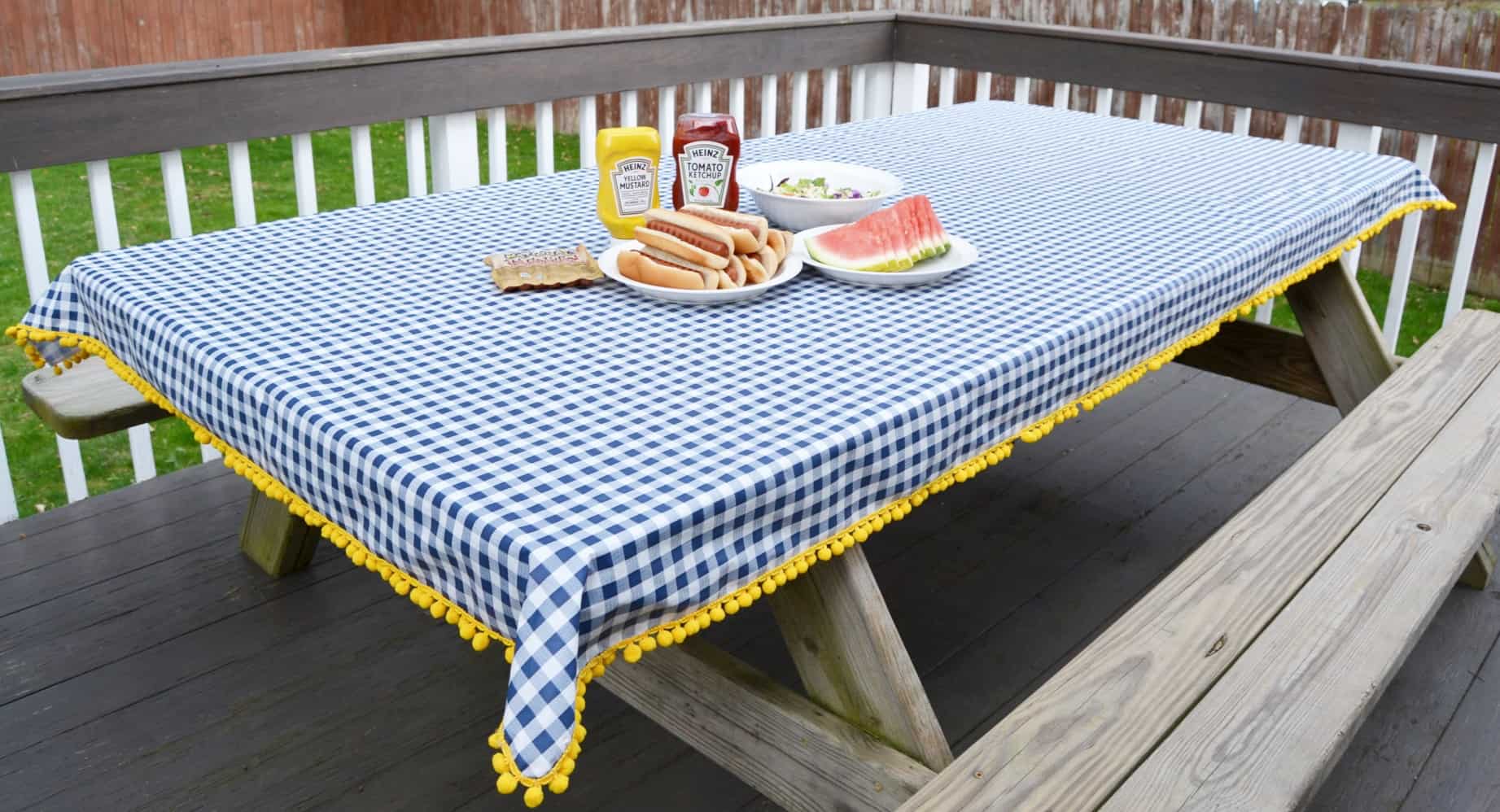
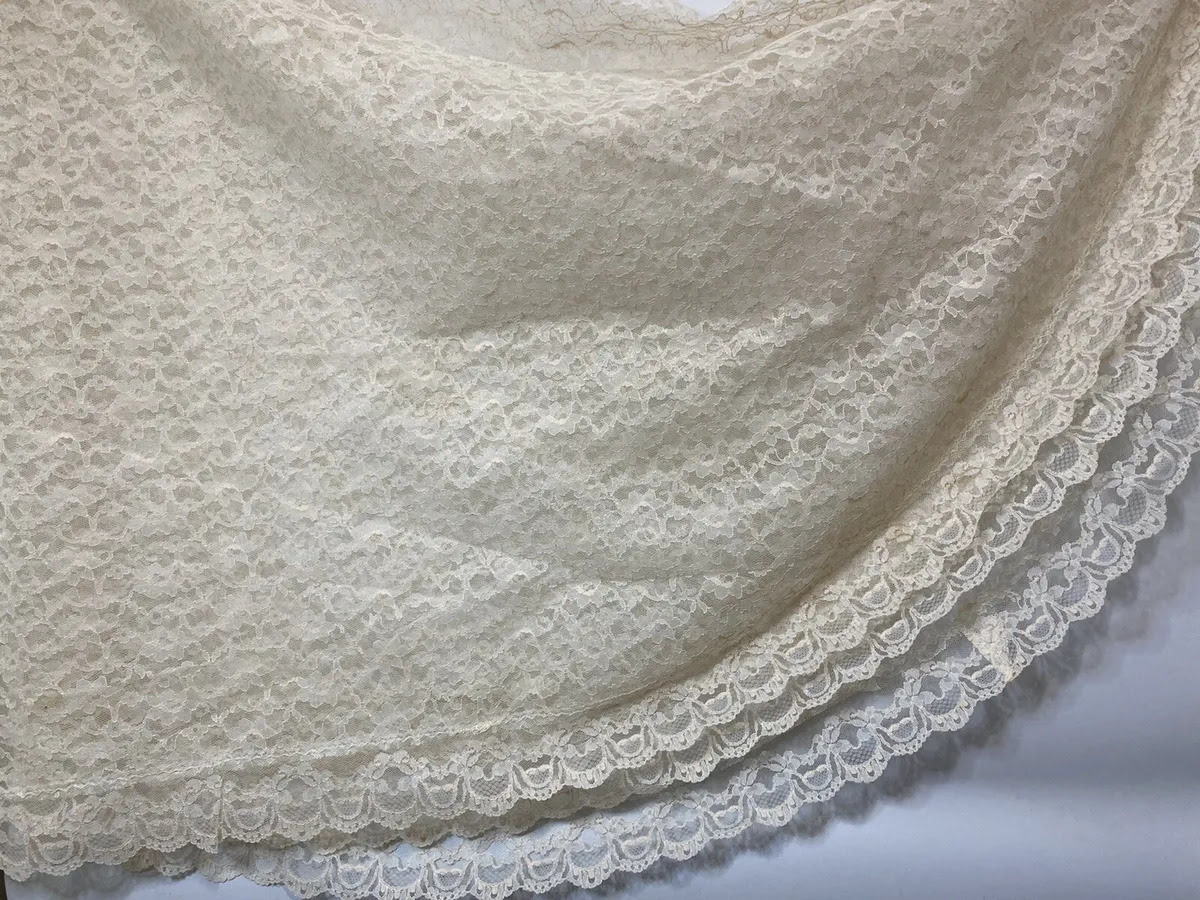
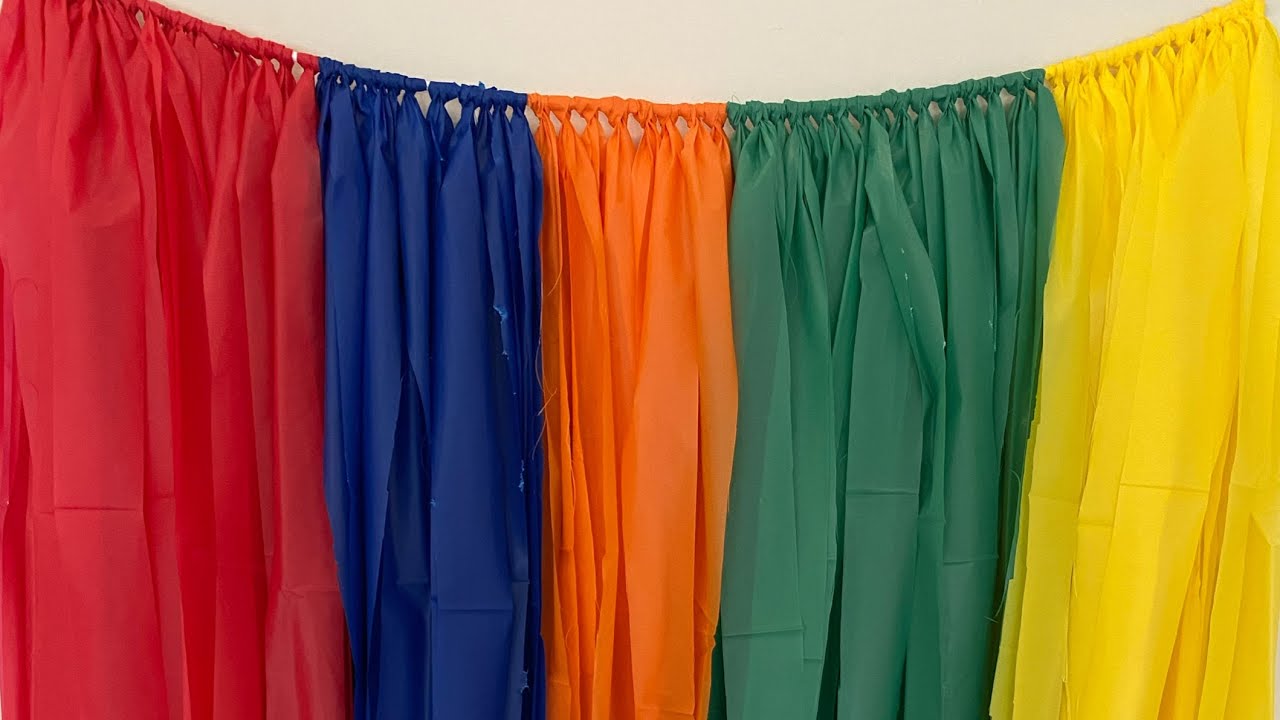
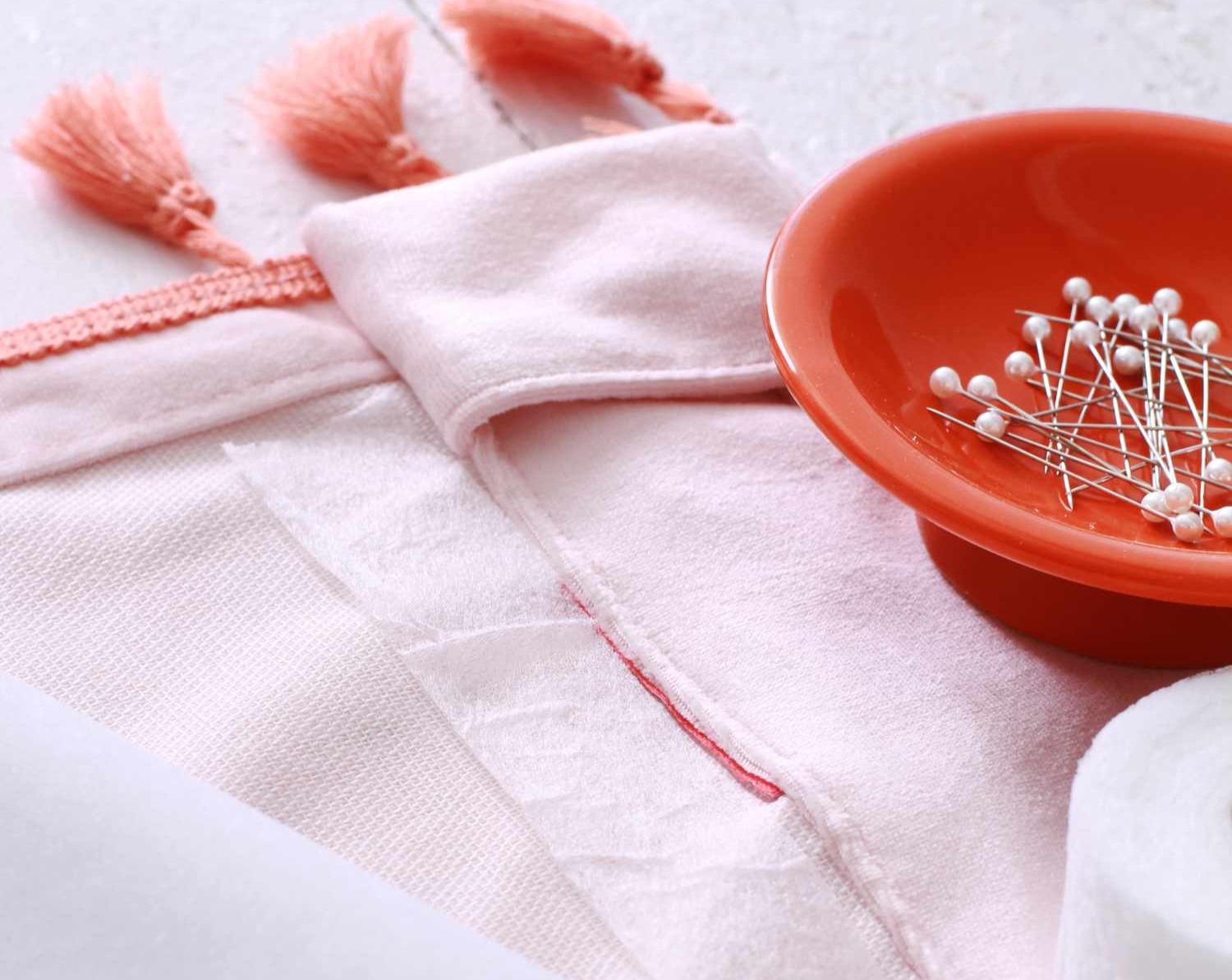
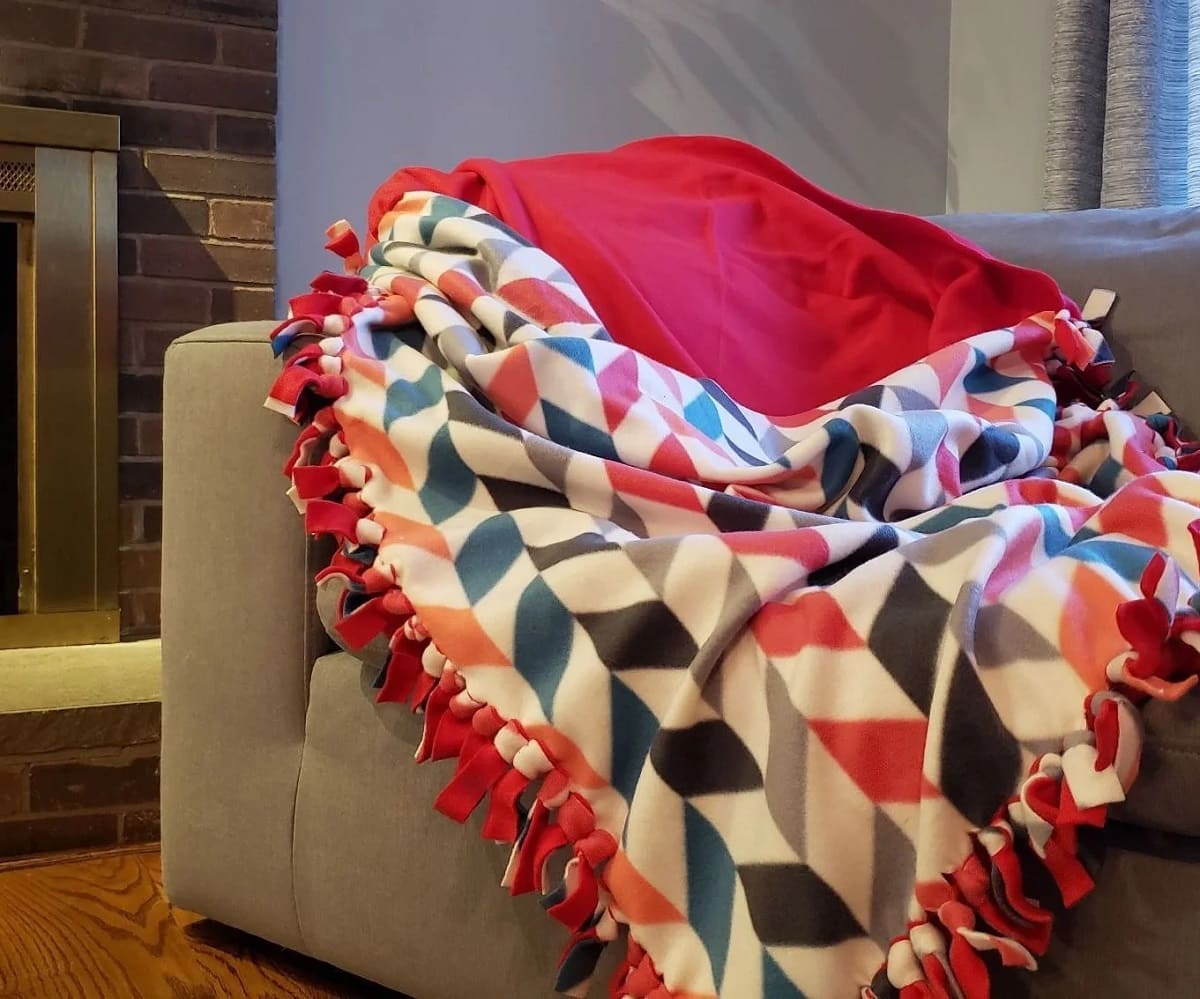
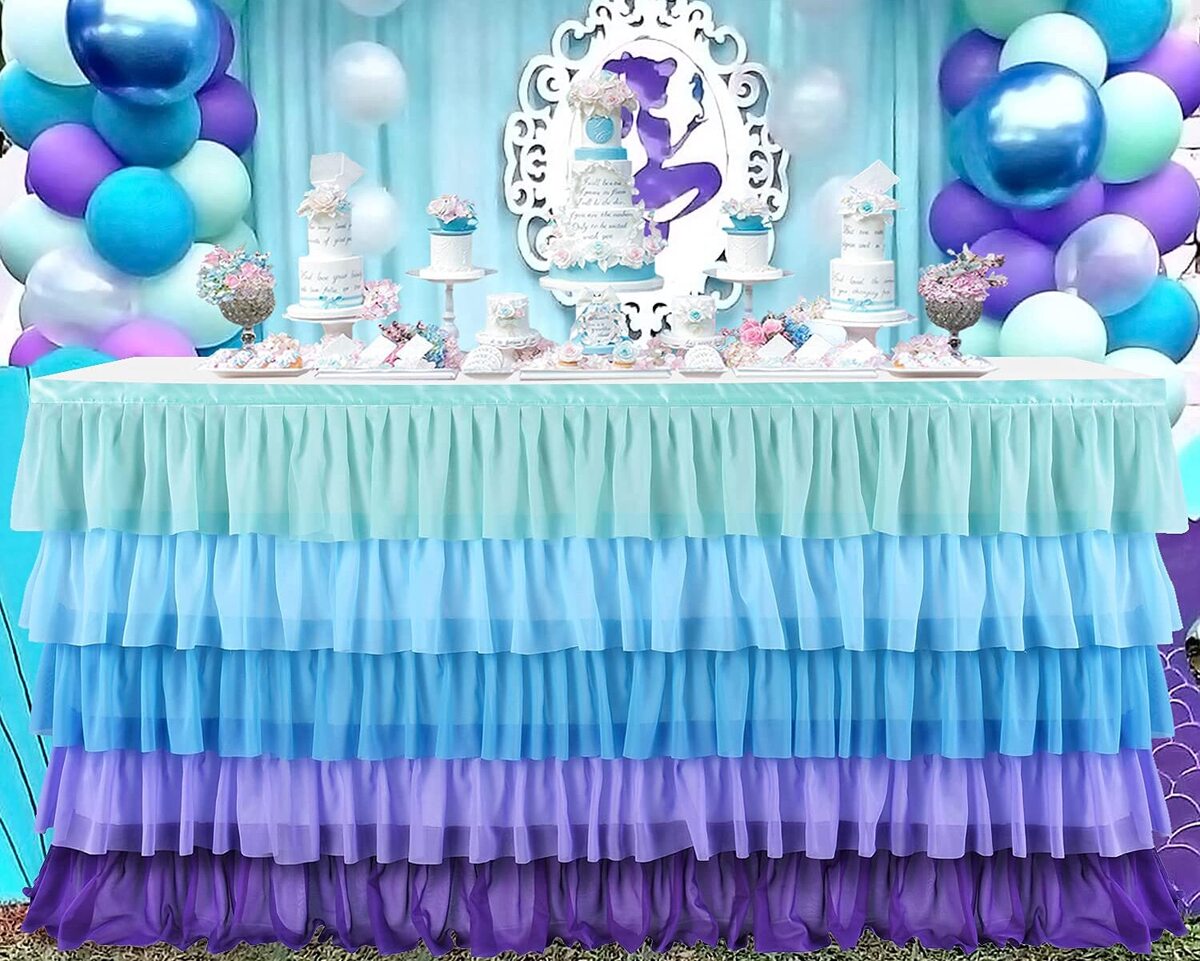
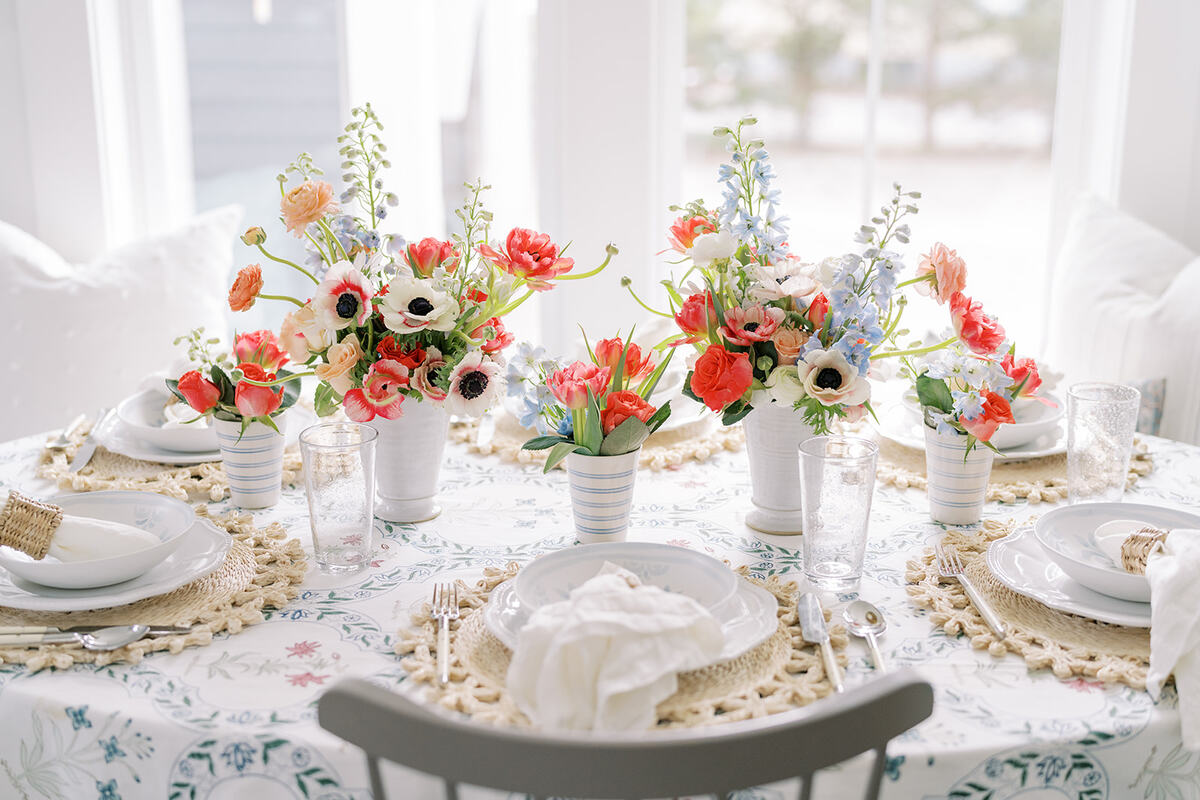
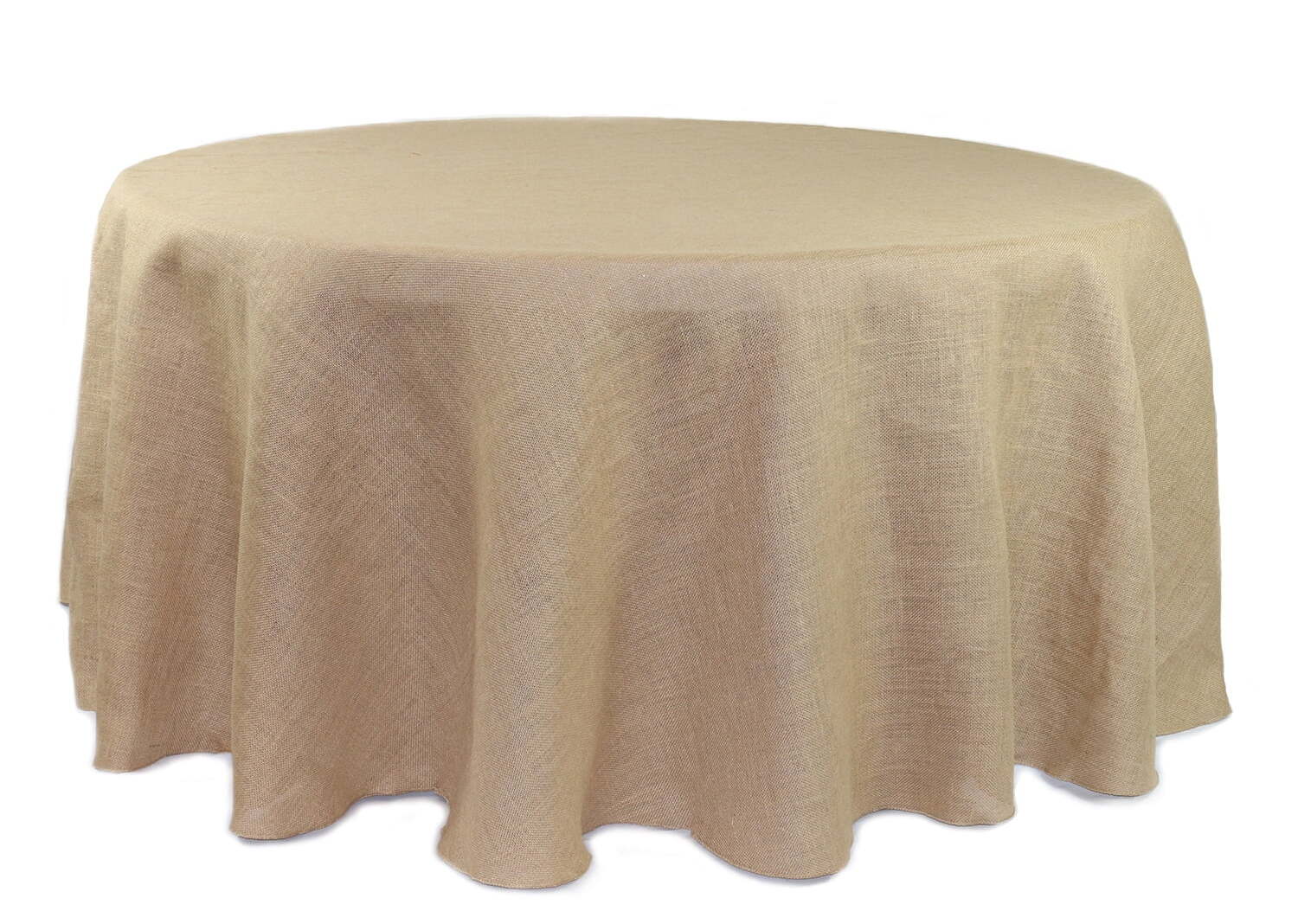
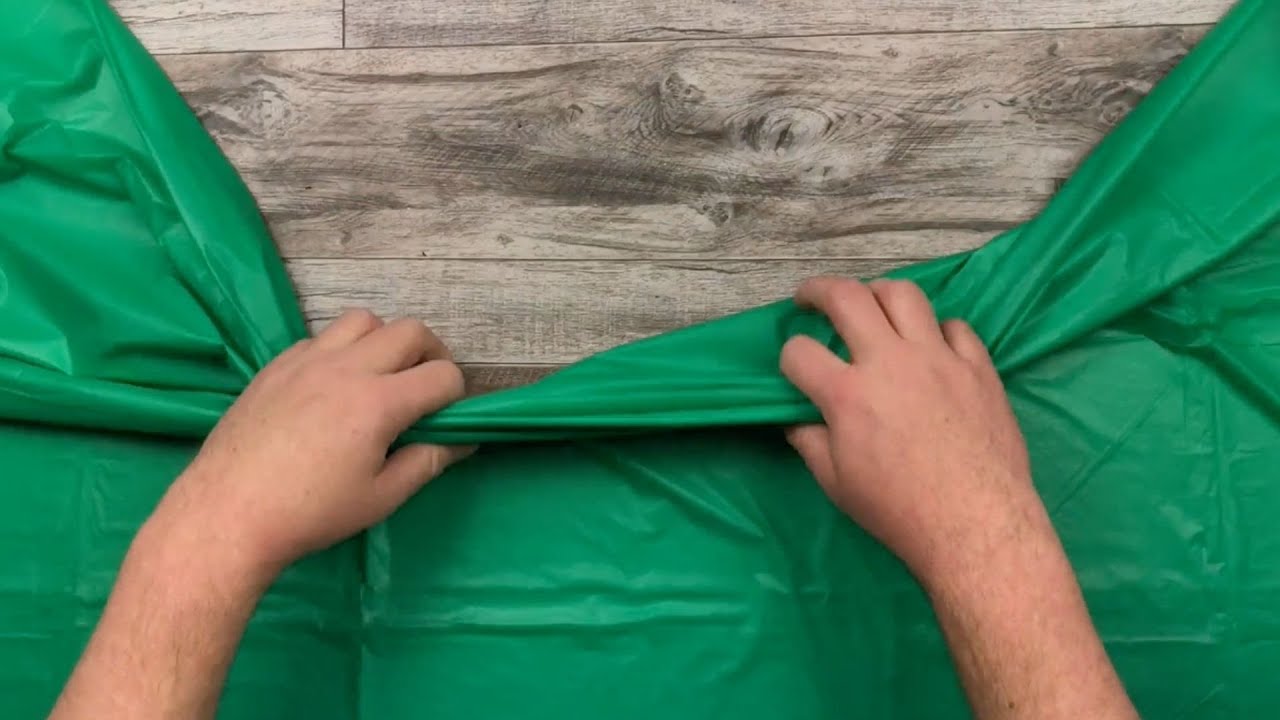

0 thoughts on “How To Make A Tablecloth Without Sewing”